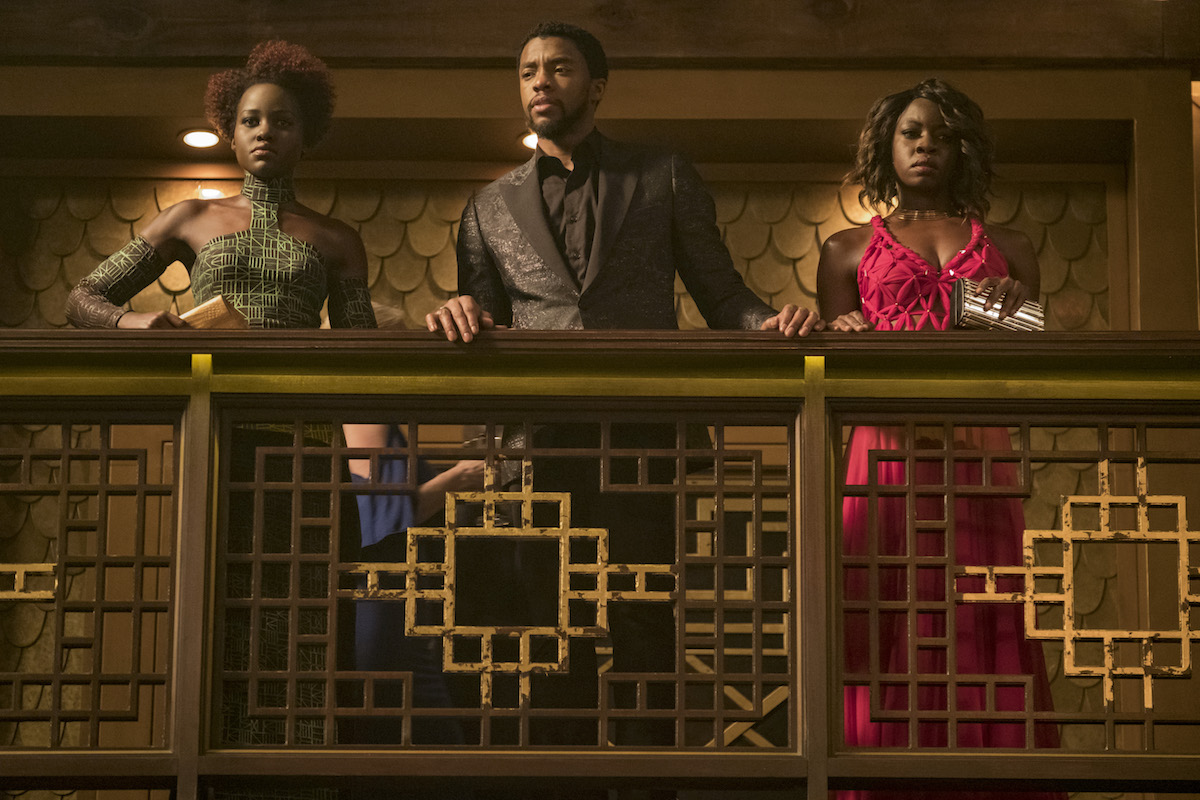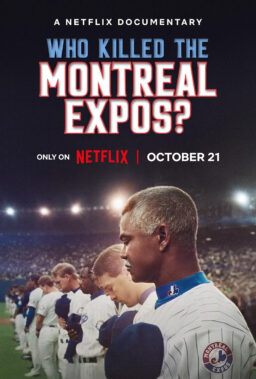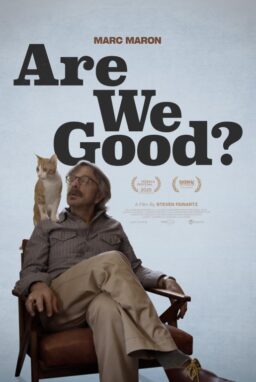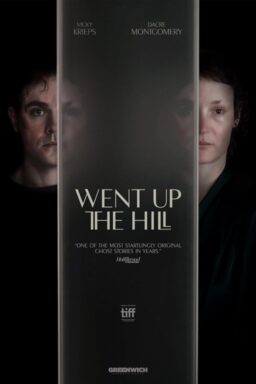For Marvel’s new film “Black Panther,” costume designer Ruth Carter had to create wardrobe for five different fictional African tribes, an army of women, and an iconic Marvel superhero. The costumes had to reflect the history and aesthetic of the comic books, be believably African in terms of color palette, and vibrant enough to stand out in a film with gorgeous scenery and dazzling special effects. Carter did all of that and more, with costumes that captivate the eye and reveal the character. In an interview, she talked about the inspiration and research behind the hundreds of costumes in the fictional country of Wakanda, led by T’Challa (Chadwick Boseman).
In one of my favorite moments in the film, all of the tribes get together for the ceremony when T’Challa becomes king. Even though they are shown briefly, the distinctive attire of the five tribes makes it clear who they are.
Wakanda is divided in districts and each district has a community just like you would think of Manhattan having a NYU area and a medical district, a this and a that. There is Step Town, there is a medical district, there’s the merchant community. For the King’s Challenge people come together in more traditional type clothing. So their traditional garbs are represented from their districts that they live in as well as what the indigenous culture of Africa and their tribe would have worn. It is a celebration of culture. There is the Tuareg which inspired the merchant tribe for Wakanda and they wear the beautiful eggplant colour and the lots of light blue. Silver is their precious metal. So, I did a lot of research on the Tuareg and we made items for them to wear and I was very much involved in draping a lot of the headpieces.
Then you have the River Tribe which is Lupita Nyong’o’s tribe and their inspiration was from the Suri people and the Wagenya people of the Republic of Congo. Their color was green so we used all types of green to represent the coastal area and the river and the water. They like to use leaves and sticks and flowers and it’s very organic in its look. Then you have the Mining Tribe which is based on the Himba people of Africa. The miners are the ones who take care of their precious metal which is Vibranium. They wear this gorgeous orange and so their colours were kind of an orangey, ochre, red tone.
Then you have the Border Tribe which was really based on the Lesotho people and they have these amazing blankets. We made the blankets like a part of their armour by printing Vibranium on one side so you see that the blankets have this silver patterning with adinkra symbols on one side of them for the warriors. They also wore these caps that had this wonderful like peak in the middle of the forehead. Because they were in the outskirts and the mountainous area we imagined it would be cool or cold and they could wrap these blankets just as the Lesotho people do. Because they were kind of the police force around Wakanda, we wanted them to have this relatable blue colour like our police force so when you see that side of the mountain, you see a lot of people wrapped in these blankets or inspired by these wonderful patterns and these great hats that they wore.
T’Challa’s sister Shuri (Letitia Wright) is also in traditional garb at the ceremony.
The shark teeth design was done by Marvel. And she has this corset from the Dinka tribe, this corset and it also has a long spear like in the back; the corset for the Dinka tribe was usually worn by men. The men wear this corset thing but we all loved that Dinka corset so much. I looked at them online and we just revelled in them so it was wonderful to build this apparatus actually for her and see it become a part of the scene when she says, “Can we hurry this up, I’m ready to get out of this.” So there were influences from all over the continent.

My favorite has to be the Dora Milaje uniforms. In the comics their uniform is designed to be very revealing because of the people who read comic books but when you have to take that and make it into really what a warrior can wear to fight in, it has to be a challenge.
I think comic books are developed for kids, for boys, for men and so they want the girls to be super bad and super sexy. I think that today that narrative is a bit antiquated. Women want to take more of a real role but not necessarily this explicit, sexually exploitive one, they want to take on the role of the super hero as well. So our Dora Milaje are superheroes in the film. They are the highest ranking military force and they protect the king. They have to have a uniform that looks like it’s ready for battle and you can’t be ready for battle in a bustier and a cheerleader skirt. So the costume is crafted in such a way that it does pay homage to the female form but they can fight in it. It has a leather harness that wraps around the body and really gives them a security about wearing it. Also the armour pieces were crafted like jewellery so that it also has a beauty to it and also a rank. If they are the highest fighting force, maybe your uniform is crafted by special people in Wakanda and there might be a ceremony behind it. I had a lot of stories behind the costumes because that’s how culture is. It always has a story and the costumes have to be a part of it. That’s why that female fighting force had to live and it couldn’t just be a fantasy.
You also made the technology part of the costume with the beads.
I tried to be conscious of vibranium and that precious metal that they use to give things strength, so you see the vibranium in the front tabard that they have. The tabard is beaded in tradition of a lot of the African art and adornments but I also wanted to make sure that it look like it had a function and a reason for being there. I put little talismen on the front tabard for each woman who had a uniform had a special three pieces that would protect them; maybe it was a piece of jade, a piece of amethyst or an African fertility doll or something on it so it would feel personalized.
Michael B. Jordan’s costume is a stark contrast because he has spent his life in America or in the American military abroad.
He plays Erik Killmonger who is ex-Navy SEAL military so we wanted him to have an American military vibe, he also is part of what we call the lost tribe. That is a double entendre. All African-Americans are here as part of a lost tribe. His superhero suit even was designed by Marvel to have a little bit more of a self-conscious feel, more of an edge, almost gaudy. He liked the gold, he liked the flashy, he wanted to be stand out so there were a lot of aspects within the script that informed what his costume would be like.
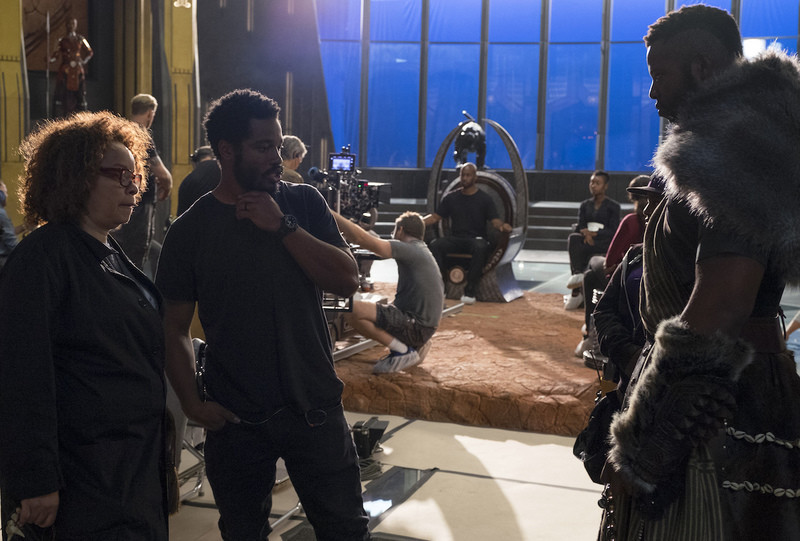
Some people have noted that because this film is set in Africa, most of the cast has very dark skin rather than a range of tones. How does that affect costume decisions?
That’s always been an issue for me doing a lot of African-American films. We knew from the ‘80s when I started with Spike Lee that brown skin wasn’t going to be lit as well when they’re in a scene with someone who is lighter skinned and sometimes Directors of Photography don’t know how to light them as well. But we had Rachel Morrison who is a beast and she really knows that. There’s more and more black films being done and so I think that the learning curve has gotten less and less. I’ve always known that you put beautiful colour on brown skin it also helps the DP; the colour bounces off of their costume and onto their skin, it highlights it a lot better than putting something white or something black in terms of clothing. I know the tricks and I think the DP’s now know the tricks.
Are the textiles also based on African culture?
Actual African fabric as we know it is Dutch and Dutch-inspired and brought to Africa. Africa liked it and adopted it so all of their African fabrics come from Holland or from China. Wakanda was never colonized, so I didn’t want to use them. Every time I started to use the African fabrics I felt like it was not this movie so I created my own fabrics, based on the sacred geometry of African art. Usually it’s a checkerboard or it’s pyramid shapes or it’s striations of horizontal and vertical strikings so I use that and we created prints. Lupita’s green dress in the casino is one print that we created based on the Nigerian kente cloth. We just extracted the line work and we printed the fabric the same way we printed T’Challa’s superhero suit.
Once I get the illustration of the super suit I can’t change it; I can’t give him a Shaft coat, all of a sudden. I have to stay within those confines because they have already been working with merchandisers and all kinds of other people. The one thing that I did do which was my contribution was the Okavango pattern, a triangle shape.
That fabric is completely made up. The triangle is definitely a big part of African artistry. It’s a mystery within the African culture what that triangle shape actually means and everybody has their own theory. So the panther suit was printed with that triangle shape all over it so that when you’re looking at it, it’s this superhero suit that has this Wakandan language traveling through it; veining throughout it, and you also see an Okavango pattern and which makes it feel like he’s in the place of Wakanda, he’s in Africa and he’s an African king and gives it texture.

